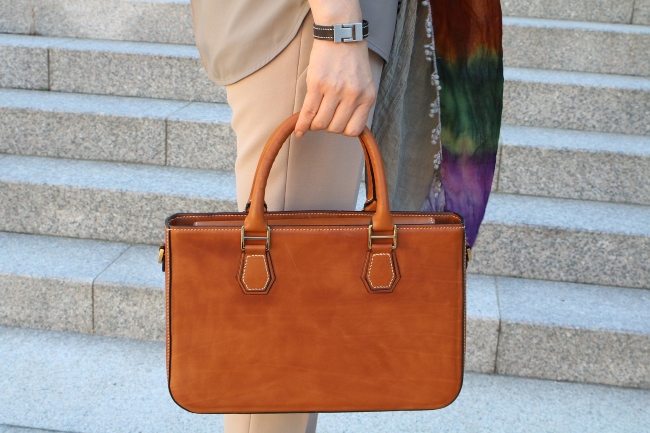Embossing on leather is, generally speaking, a permanent process where a picture, design or lettering is raised from the surface of the leather’s surface. The term embossing is also sometimes used in place of debossing – which is when a design is pressed into material – sometimes with the addition of coloured inks or metallic leaf.
Therefore, before we begin to guide you through the step-by-step process of removing embossing from leather it is important to note that you may not be able to completely remove an embossed design from leather. If you do, it may otherwise mark the leather item you are working on. With some types of leather, such as suede – it is virtually impossible to remove embossing.
But, by using the proper techniques described in this blog post on how to remove embossing from leather products or leather upholstery you will have the best chance of having the desired outcome.
Tools and Materials
Gather together the materials and tools that you will use before you begin such as:
- Leather cleaner or a bowl of warm water with a mild soap.
- Soft cloth.
- A heat gun, hairdryer or an iron.
- Leather Moisturiser, leather conditioner or baby lotion.
- Cotton bud or cotton wool balls.
- Rubbing alcohol.
- A toothbrush.
- Toothpick.
Preparing the Leather
It’s advisable to clean the leather before you go any further with the embossing removal process.
For this, you can try either warm soapy water (ensure it is a mild soap) or a specialist leather cleaner and a damp cloth. Test a small area first.
If you are using warm soapy water you might find that this in itself will remove enough of the embossing for you to be happy with. Especially if you dry it with either a hairdryer, heat gun on a low setting or an iron over a towel. This is because the wetting and drying process can sometimes realign the fibres that were altered by the embossing or debossing process.
Step-by-Step Removal Process
1. Softening the Embossed Area
Soften the leather and help repair any cracks by using a specialist leather moisturiser, a leather conditioner or baby lotion. Test a small, inconspicuous area first.
2. Rubbing Alcohol Method
Apply a small amount of rubbing alcohol or nail polish remover in a well-ventilated area to a cotton bud, cotton wool ball or a soft cloth.
If you are removing embossing which has been enhanced with dye, gold stamp or other metallic leaf and the cotton wool is not removing it, you can try gently scraping with a toothbrush or toothpick and wiping away with a damp rag.
3. Gentle Rubbing Technique
Using minimal pressure, gently rub in a circular motion over the embossed leather after testing on a small, inconspicuous area first. Avoiding too much pressure is key.
4. Monitoring Progress
After the first application leave the leather in a dry place for several hours before checking progress and seeing if a second application is required. If it is then repeat the process.
5. Final Conditioning
Treat the leather with a leather moisturiser conditioner or baby lotion as per the instructions on the leather label to prevent cracking and protect the item after following the steps outlined above.
Tips and Precautions
A few final words of advice and caution:
- Don’t expect miracles.
- Work slowly and be careful.
- Test on a small inconspicuous area before you begin.
- Don’t use excessive force – you could damage the leather.
- Harsh chemicals are likely to damage leather so avoid using them.
Conclusion
This is not a comprehensive guide and although we offer tips and advice there is no guarantee that you will be able to restore your leather item to its former glory.
It is always worth seeking professional help when it comes to removing either a depressed design or a raised design created with the embossing process on leather.

